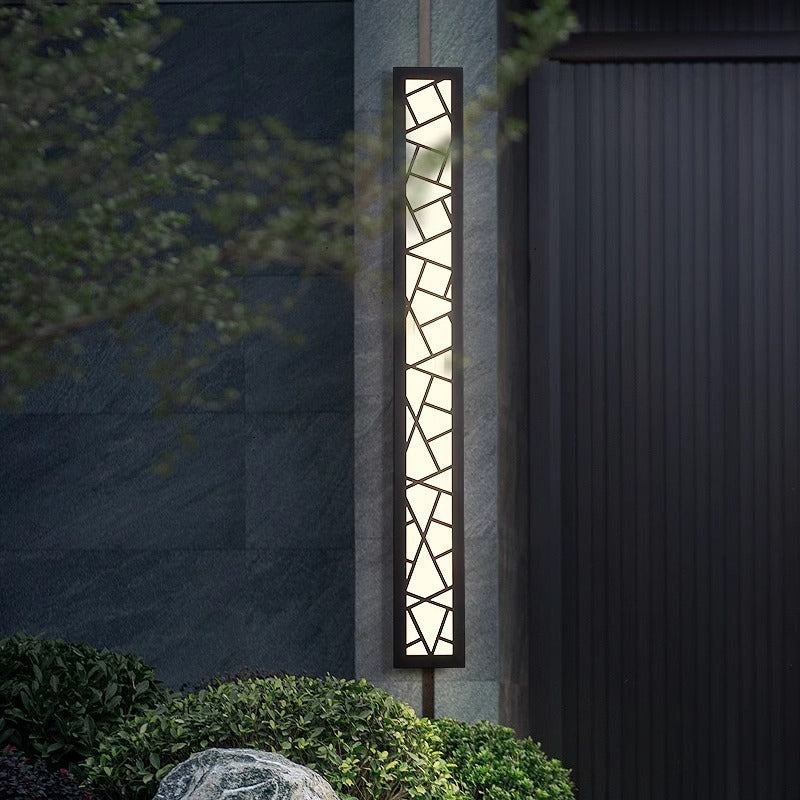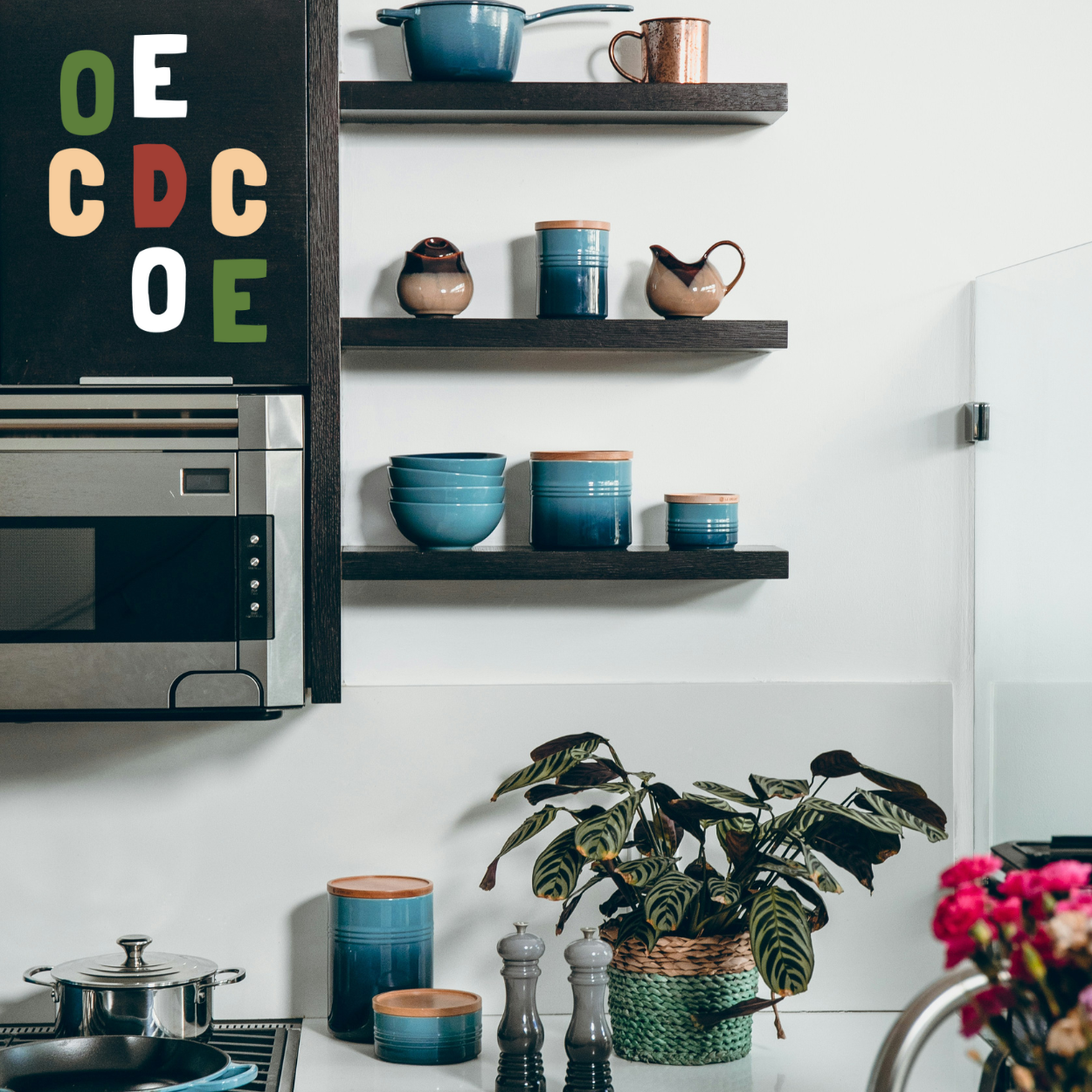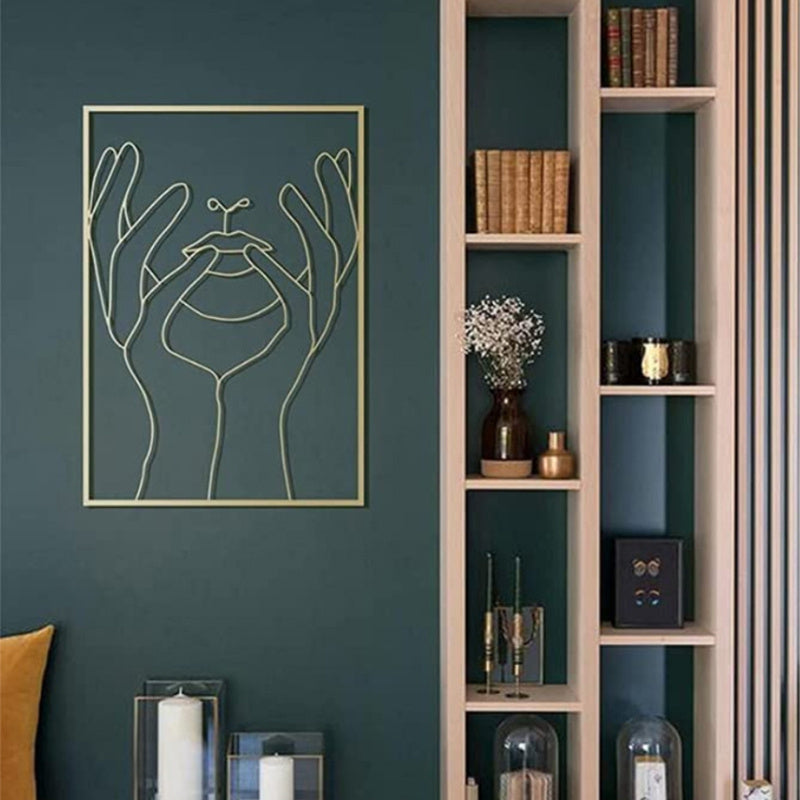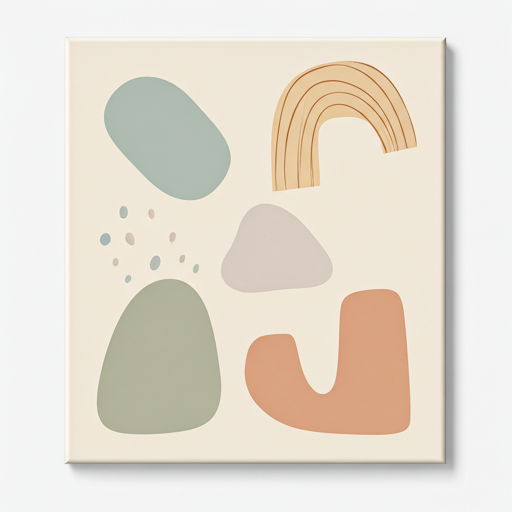The Psychology of Color in Home Decor
- by Adetoun2025
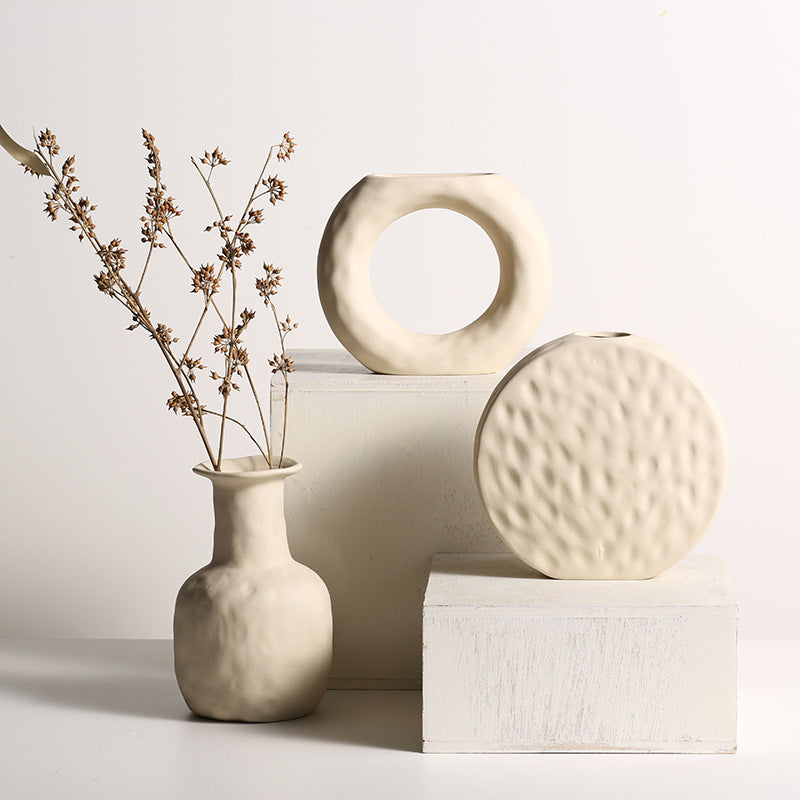
The Psychology of Color in Home Decor
Color has a profound impact on our emotions, energy levels, and overall well-being. Understanding color psychology can help you create spaces that not only look beautiful but also support how you want to feel in each room. Here's how to harness the power of color to create a home that enhances your daily life.
How Color Affects Our Minds and Bodies
Colors trigger both psychological and physiological responses that can influence our mood, productivity, and even our physical comfort. Warm colors like reds, oranges, and yellows tend to energize and stimulate, while cool colors like blues, greens, and purples generally calm and soothe.
These responses aren't just cultural – they're rooted in our evolutionary biology. Red signals danger or excitement, blue reminds us of calm skies and water, and green connects us to nature and growth. Understanding these innate responses helps explain why certain colors work better in specific rooms.
The intensity and saturation of colors also matter. Bright, saturated colors create more dramatic emotional responses, while muted, desaturated versions of the same hues feel more subtle and sophisticated.
Red: Energy, Passion, and Appetite
Red is the most stimulating color in the spectrum, increasing heart rate and creating a sense of urgency and excitement. This makes it excellent for spaces where you want energy and conversation, but potentially overwhelming in areas meant for relaxation.
In dining rooms, red can stimulate appetite and create an intimate, cozy atmosphere perfect for entertaining. However, use red as an accent rather than the dominant color to avoid overwhelming your guests.
Red works well in entryways where you want to create a bold first impression, but avoid it in bedrooms where it can interfere with sleep. If you love red, consider deeper shades like burgundy or wine, which provide warmth without being overstimulating.
Blue: Calm, Trust, and Productivity
Blue is universally calming and associated with trust, stability, and peace. It's been shown to lower blood pressure and heart rate, making it ideal for bedrooms and bathrooms where relaxation is the goal.
In home offices, blue can enhance focus and productivity without being distracting. Navy blue adds sophistication and works well with both warm and cool accent colors.
Light blues work beautifully in small spaces because they make rooms feel larger and more open. However, avoid using too much blue in dining areas, as it can suppress appetite.
Green: Balance, Growth, and Harmony
Green is the most restful color for the human eye and represents balance, growth, and harmony. It's associated with nature and has a calming effect that works well in almost any room.
Sage green and other muted green tones create sophisticated, spa-like atmospheres in bedrooms and bathrooms. Brighter greens work well in kitchens and dining areas, where they can stimulate appetite while maintaining a fresh, clean feeling.
Green is particularly effective in home offices and study areas because it reduces eye strain and promotes concentration without being overstimulating.
Yellow: Happiness, Creativity, and Energy
Yellow is associated with happiness, creativity, and mental stimulation. It's the most attention-grabbing color and can make spaces feel larger and brighter, especially in rooms with limited natural light.
In kitchens, yellow creates a cheerful, welcoming atmosphere that makes the space feel warm and inviting. It pairs beautifully with white cabinets and natural wood tones.
However, bright yellow can be overstimulating in large doses. Use it as an accent color or choose softer, more muted versions like butter yellow or cream for larger surfaces.
Purple: Luxury, Creativity, and Spirituality
Purple has long been associated with luxury, creativity, and spirituality. Deep purples like eggplant or plum add drama and sophistication to dining rooms and bedrooms.
Lighter purples like lavender have calming properties similar to blue and work well in bedrooms and bathrooms. Purple can stimulate creativity, making it a good choice for art studios or creative workspaces.
Use purple sparingly as it can be overwhelming in large quantities. It works beautifully as an accent color paired with neutrals or complementary colors like yellow or green.
Orange: Enthusiasm, Warmth, and Social Connection
Orange combines the energy of red with the happiness of yellow, creating a color that promotes enthusiasm and social interaction. It's perfect for spaces where you entertain or want to encourage conversation.
In living rooms and dining areas, orange creates a warm, welcoming atmosphere that brings people together. Burnt orange and terracotta add earthiness and work well with natural materials like wood and stone.
Orange can be overwhelming in bedrooms or offices where calm focus is needed. Use it in accessories and accents rather than as a dominant wall color.
Neutral Colors: The Foundation of Good Design
Neutrals like white, gray, beige, and brown provide the perfect foundation for any color scheme. They're calming, versatile, and allow you to change accent colors seasonally without repainting.
White creates a sense of cleanliness and spaciousness but can feel cold without warm accents. Gray is sophisticated and works with almost any accent color. Beige and brown add warmth and work particularly well with natural materials.
The key to successful neutral decorating is layering different shades and textures to create depth and interest without relying on bold colors.
Color Combinations That Work
Monochromatic schemes use different shades of the same color for a sophisticated, cohesive look. This approach works particularly well in bedrooms and bathrooms where calm is the goal.
Complementary colors (opposites on the color wheel) create vibrant, energetic combinations. Blue and orange, red and green, or purple and yellow can work beautifully when one color dominates and the other serves as an accent.
Analogous colors (neighbors on the color wheel) create harmonious, pleasing combinations. Blue, blue-green, and green work together naturally and feel calming and balanced.
Room-by-Room Color Psychology
Bedrooms benefit from cool, calming colors like soft blues, greens, or lavenders that promote rest and relaxation. Avoid bright, stimulating colors that can interfere with sleep.
Living rooms should reflect your personality while promoting comfort and conversation. Warm neutrals with colorful accents allow flexibility and create welcoming spaces.
Kitchens work well with colors that stimulate appetite and create energy – warm whites, soft yellows, and fresh greens all work beautifully.
Home offices benefit from colors that promote focus and productivity. Blues and greens work well, while small amounts of yellow can stimulate creativity.
Cultural and Personal Considerations
While color psychology provides general guidelines, personal and cultural associations also matter. Your favorite color might energize you even if it's typically considered calming.
Consider your lifestyle and how you use each space. If you work night shifts, you might want energizing colors in your bedroom to help you feel alert when you wake up.
Lighting and Color
Remember that lighting dramatically affects how colors appear. Test paint colors and fabric samples in different lighting conditions throughout the day before making final decisions.
Natural light brings out the truest colors, while artificial lighting can shift how colors appear. Warm LED bulbs enhance warm colors, while cool bulbs make cool colors appear more vibrant.
Starting Small with Color Psychology
If you're hesitant to commit to bold wall colors, start with accessories like pillows, artwork, and throws. This allows you to experiment with color psychology without major investment or commitment.
Pay attention to how different colors make you feel in your current space. This awareness will help you make better color choices as you redecorate.
Understanding color psychology empowers you to create spaces that not only look beautiful but also support your emotional and physical well-being. Browse our collection of colorful accessories and decor to experiment with the psychological power of color in your home.

